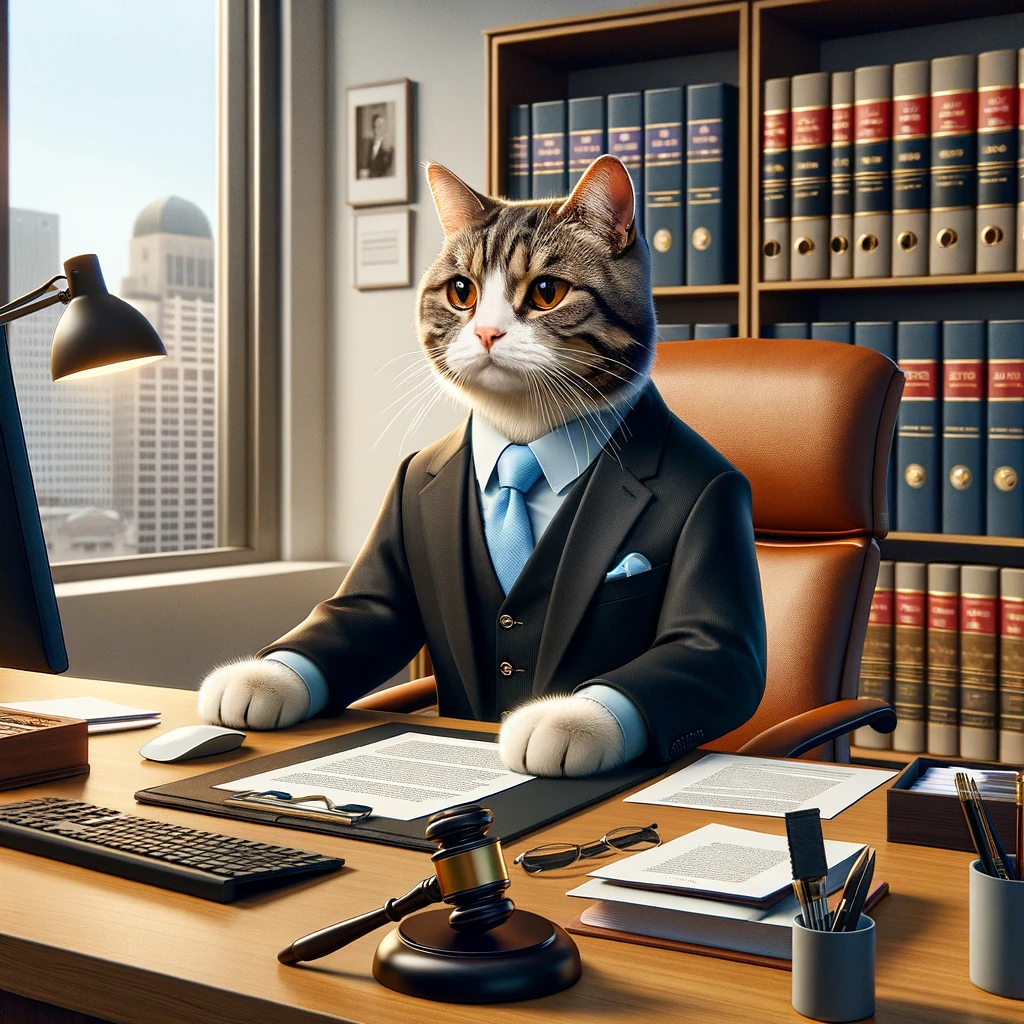If your cat causes damage to someone else’s property, it’s crucial to approach the situation with responsibility and consideration for the affected party.

Begin by expressing sincere apologies and engaging in open communication to establish a dialogue about the incident.
Take the time to thoroughly assess the extent of the damage caused by your cat. Understanding the full scope of the issue will help you determine the appropriate course of action. Whether it’s a scratched piece of furniture or a damaged garden, acknowledging and comprehending the impact is an essential step in the resolution process.
In cases where the damage is substantial, offer to compensate the person for the necessary repairs or replacement costs. This demonstrates accountability and a genuine commitment to resolving the matter. Engage in a discussion to negotiate a fair resolution that both parties find acceptable.
Review your homeowner’s insurance policy to see if it covers damages caused by pets. Contact your insurance provider to discuss the incident and determine if there is any applicable coverage. Understanding the options available through insurance can provide additional avenues for addressing the financial aspects of the situation.
Preventing future incidents is crucial. If your cat has a history of damaging property, take steps to limit its access to areas where it might cause problems. Consider keeping your cat indoors when you are not home or supervising it closely when it is outside. Provide your cat with plenty of scratching posts and toys to redirect its natural scratching behavior. If the damage is related to spraying or marking, talk to your veterinarian about possible solutions, such as neutering or medication. Addressing any underlying behavioral issues is essential.
Consult with a veterinarian or a certified animal behaviorist to identify the root cause of the destructive behavior and develop a training plan to address it. This proactive approach demonstrates your commitment to responsible pet ownership and can help prevent future damage and potential legal issues.
If communication becomes challenging or breaks down, consider involving a neutral third party or mediator. Mediation can help facilitate discussions and guide both parties toward a resolution that aligns with their respective needs and concerns.
While legal action is typically not the first course of action in such situations, it’s important to be aware of local laws regarding pet-related damages and liabilities. Extreme cases may lead to legal consequences, so understanding the legal landscape is essential.
In summary, addressing property damage caused by your cat involves a multi-faceted approach. Open communication, sincere apologies, compensation for damages, understanding insurance coverage, preventive measures, and, if needed, involving third-party mediation—all contribute to a comprehensive strategy for resolving the issue responsibly and maintaining positive relationships with neighbors.